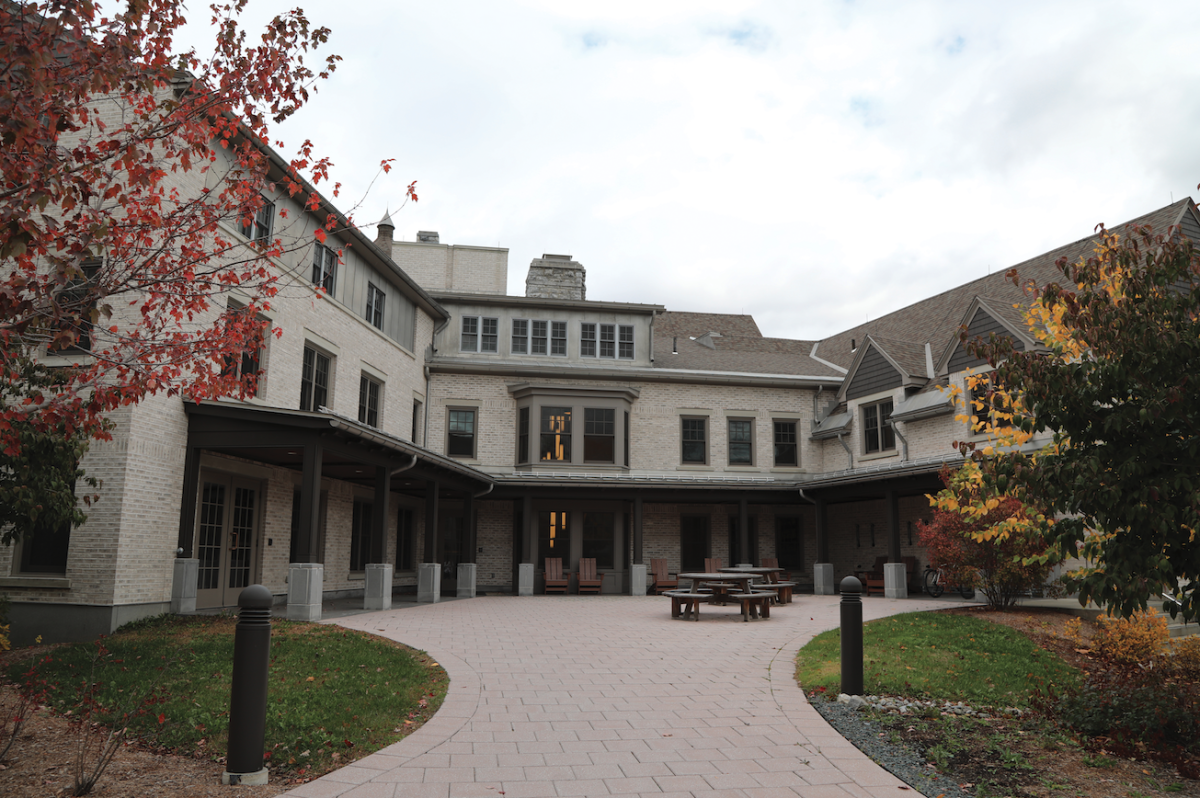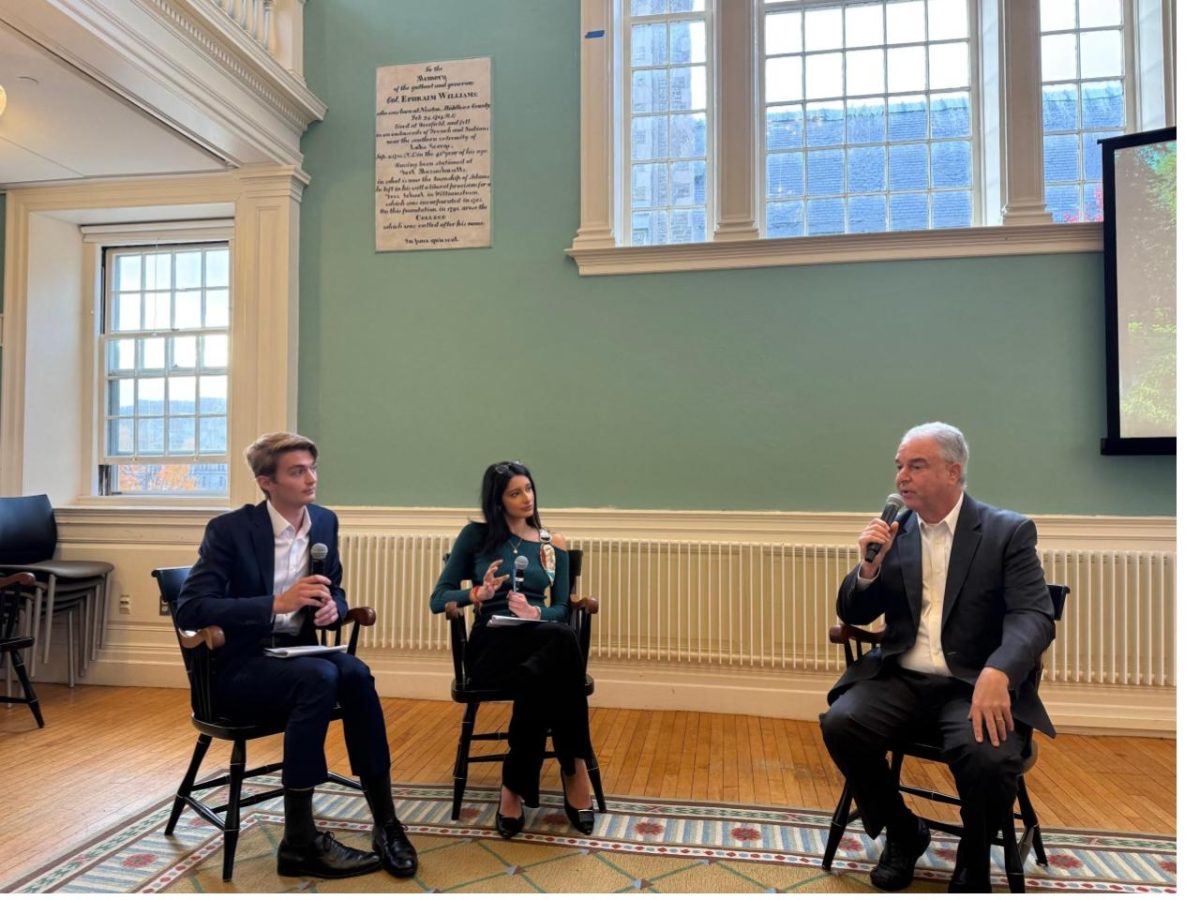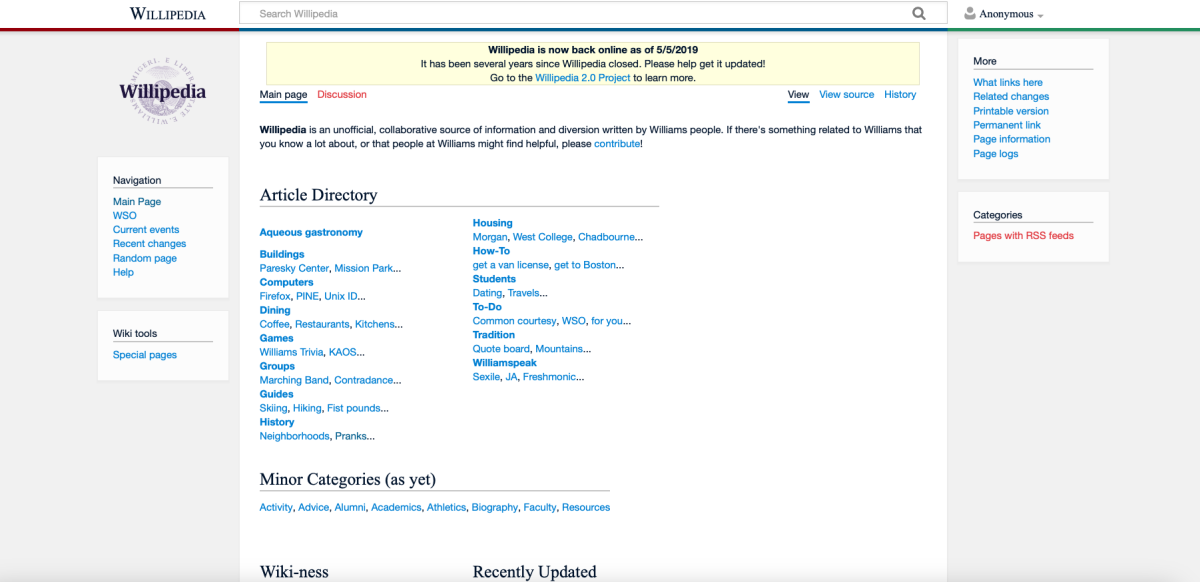Last year, the Junior Advisor (JA) system underwent significant changes. Due to gradual decreases in both applications and in students accepting the position, the Junior Advisor Advisory Board (JAAB) changed the standard entry format from having two JAs responsible for approximately 20 to 25 first-years to having three or four JAs responsible for approximately 30 to 50 first-years. Now, over a month since JAs and first years arrived on campus, the Record sent a survey to this year’s JA class asking for comments about the new system. Of the 45 JAs to the class of 2022, the Record received 13 responses.
Many current JAs’ initial reactions to the new system were negative or ambivalent when it was first announced last year. For example, Paul Shiels ’20 had concerns about co-JA dynamics. “I thought communication could be a problem with three or four JAs more than with two, and I thought entries would be more divided,” he said.
Conrad Wahl ’20 described himself as “profoundly disappointed,” and Nate Jones ’20 was unsure about the large amount of first-years in each entry. “I was primarily worried about getting to know all my frosh personally with larger entries,” Jones said.
However, some JAs were determined to not let the changing system affect their commitment to being a JA. Alex Zilkha ’20 kept his focus on the unaltered foundation of the job itself. “I wanted to be a JA; I didn’t care much what the system changes would be,” he said. “I was astounded that the system had reached the point that it had, but I had signed up to do a job, and I intended to do it to the fullest.”
JAAB Co-Presidents Jad Hamdan ’19 and Jesse Facey ’19 were more hopeful about the introduction of the new system last year. “We were and are optimistic about the changes,” Hamdan and Facey said. “Though the system underwent a change compared to the previous year, the JA system has historically seen various configurations that don’t fit the two-JA per entry of 20-25 frosh model. The
changes were not as revolutionary as many might have viewed them, as the entry system has evolved numerous times.”
Associate Dean of the College and Dean of First Year Students David Johnson ’71 withheld judgment when the JA system was reconfigured. “I went into it with an open mind, fully supportive, especially since the JAs really own their own system. Our role in the dean’s office is more advisory,” he said. Having worked at the College for 29 years, Johnson echoed Hamdan and Facey’s perspective on the JA system as an evolving entity. “It’s part of the path of students trying to figure out what the best way to self-govern is,” he said. “It seems to me a good way to take stock… Change seems so dramatic and so immediate and then we sit back and look at it as part of a gradual ebb and flow.”
After the announcement of the changes, JA training shifted to fit the new system. Hamdan and Facey explained how training was refocused on working in JA teams instead of pairs. “Working in groups of three and four has made JAAB and the current JA Co-Presidents think more deeply about how to manage conflict and disagreement in large co- groups,” they said.
Now, over half a year since the introduction of the new system, many current JA responses appear more positive than their initial thoughts, recognizing the benefits to the current structure. Jones has found that the larger size improves social dynamics. “I love the size of my entry,” he said. “I think the size has made it easier for people in the entry to find groups they like hanging out with, at least early on.”
Ben Leary ’20 also noted a positive change in the development of friend groups. “There are so many of them in one entry that they form big enough sub-groups to take care of each other, rather than before where one sub-group would take over the entire entry,” he said. From the administrative perspective, Johnson agreed that “having a larger net of connections available seems great.”
With larger groups of first-years, Eli Cytrynbaum ’20 believes that larger entries have had a beneficial effect for minority students. “There seems to be less tokenization than in past years and less pressure to be a part of the entry and treat it as the be all end all,” he said.
Other benefits have come from the switch to JA groups. Kevin Zhou ’20 explained his appreciation of JA teams. “Having co-JA groups of four seems to be working out well,” he said. “It’s easier to spread out entry-related problems, and it’s nice to have a larger team to bounce ideas off of.” Shiels agreed that “having multiple co-JAs takes burdens off of the JAs.”
Despite these positives, many JAs have also experienced challenges and had some of their worries realized. Some JAs noted that while having multiple co-JAs shares responsibility more evenly, it can also make communication more difficult, both within JA teams and between the JAs and their first-years.
Susana Cacho Lopez ’20 explained the logistical difficulty of fitting so many people into common rooms. “A weakness is that it is hard to have entry meetings because of the bigger sized entries. It is harder to have an entry atmosphere or to communicate messages,” she said. “I also feel that some of the frosh in the entry don’t really feel as part of an ‘entry’ because there are so many people in it that they don’t really know.”
Wahl believes that the larger entry size disrupts the unique social dynamics created by the prior entry system. “No single social unit functions as a group of 40 – or 50 for that matter,” he explained. “Naturally, any group of 40 is going to fragment into more tangible and functional social units. And naturally, these sub-groups are going to be more homogeneous – like will find like. But the formation of these homogeneous subgroups undermines what it means to be an entry: friendship among people who, traditionally speaking, would not otherwise have reason to become friends.”
Megan Siedman ’20 recognized the negatives but focused more on what she sees as a positive bigger picture. “Our JAs in both Mission and Frosh Quad are doing their absolute best and have a lot of love for their freshmen, and a lot of their freshmen are having great freshmen years,” she said. “I think we could have done better, but we are not doing badly in any sense.”
Despite the challenges, Hamdan and Facey also believe that the overarching attitude towards the new structure is favorable. “From what we have personally heard in speaking to a number of JAs, the response has been largely positive,” they said. “We’ve heard positive things from frosh too who are excited that they get to know more people and have remarked that they can imagine that having more co-JAs is easier on their JAs. That kind of feedback makes us very optimistic.”








